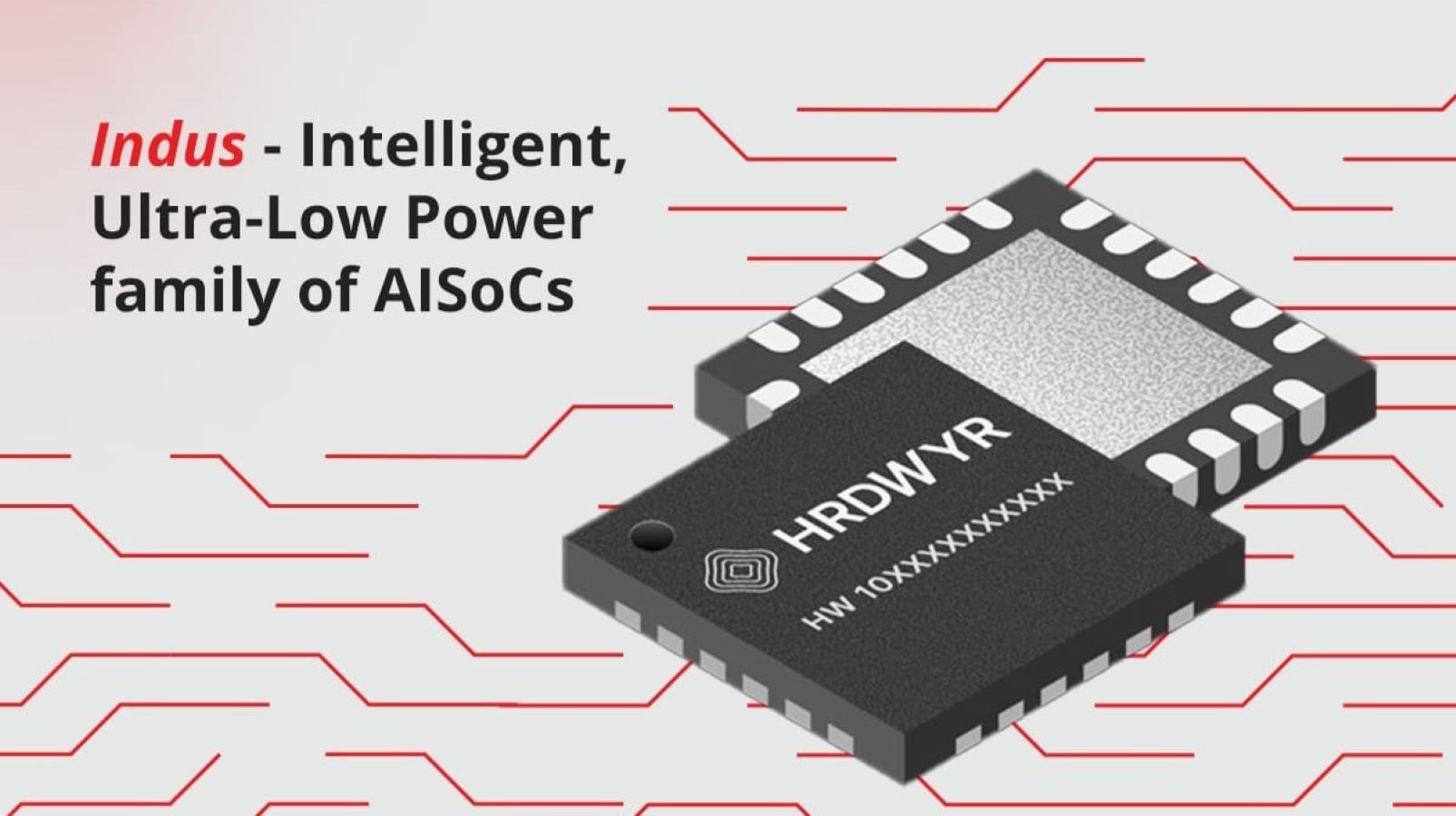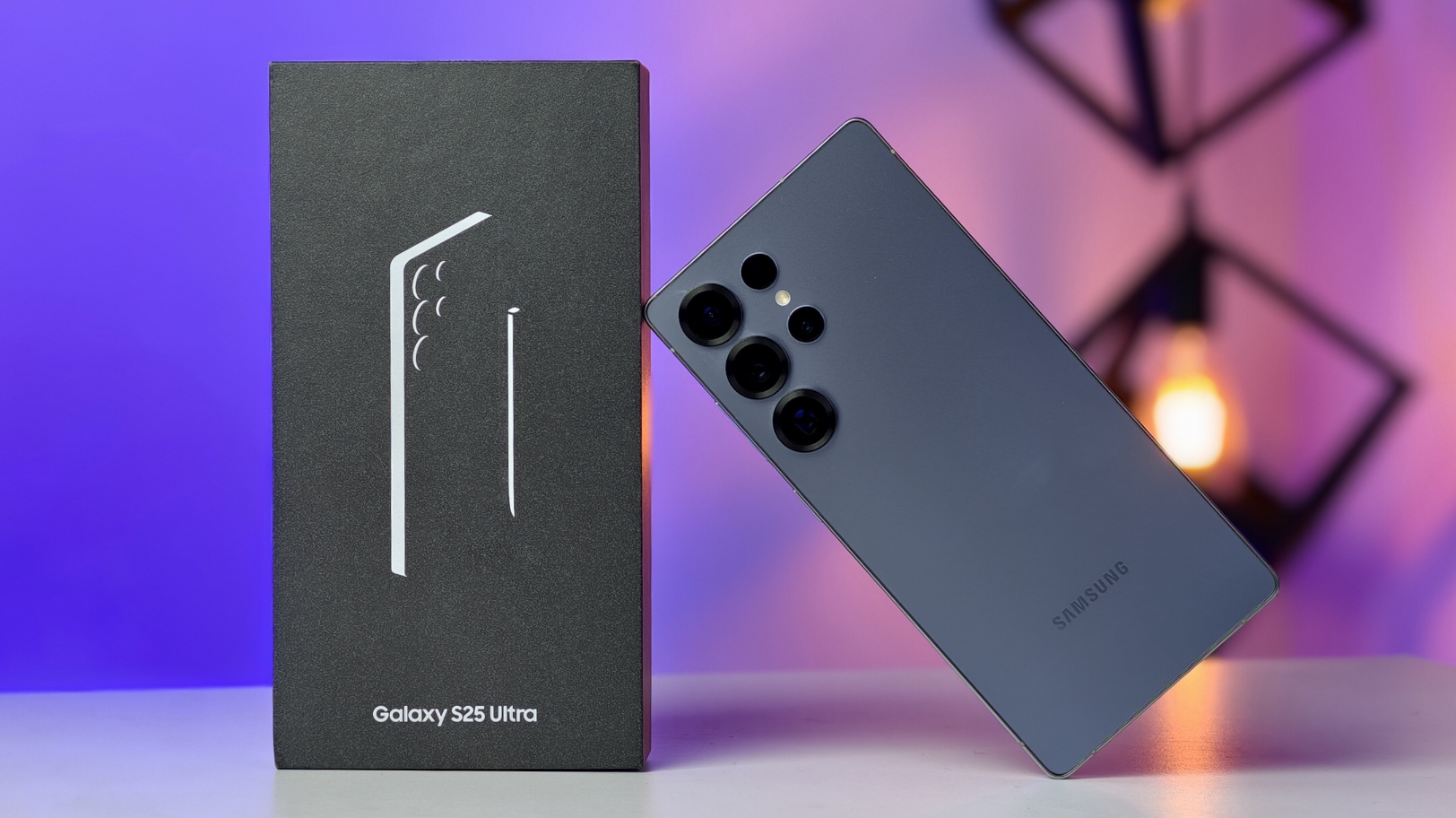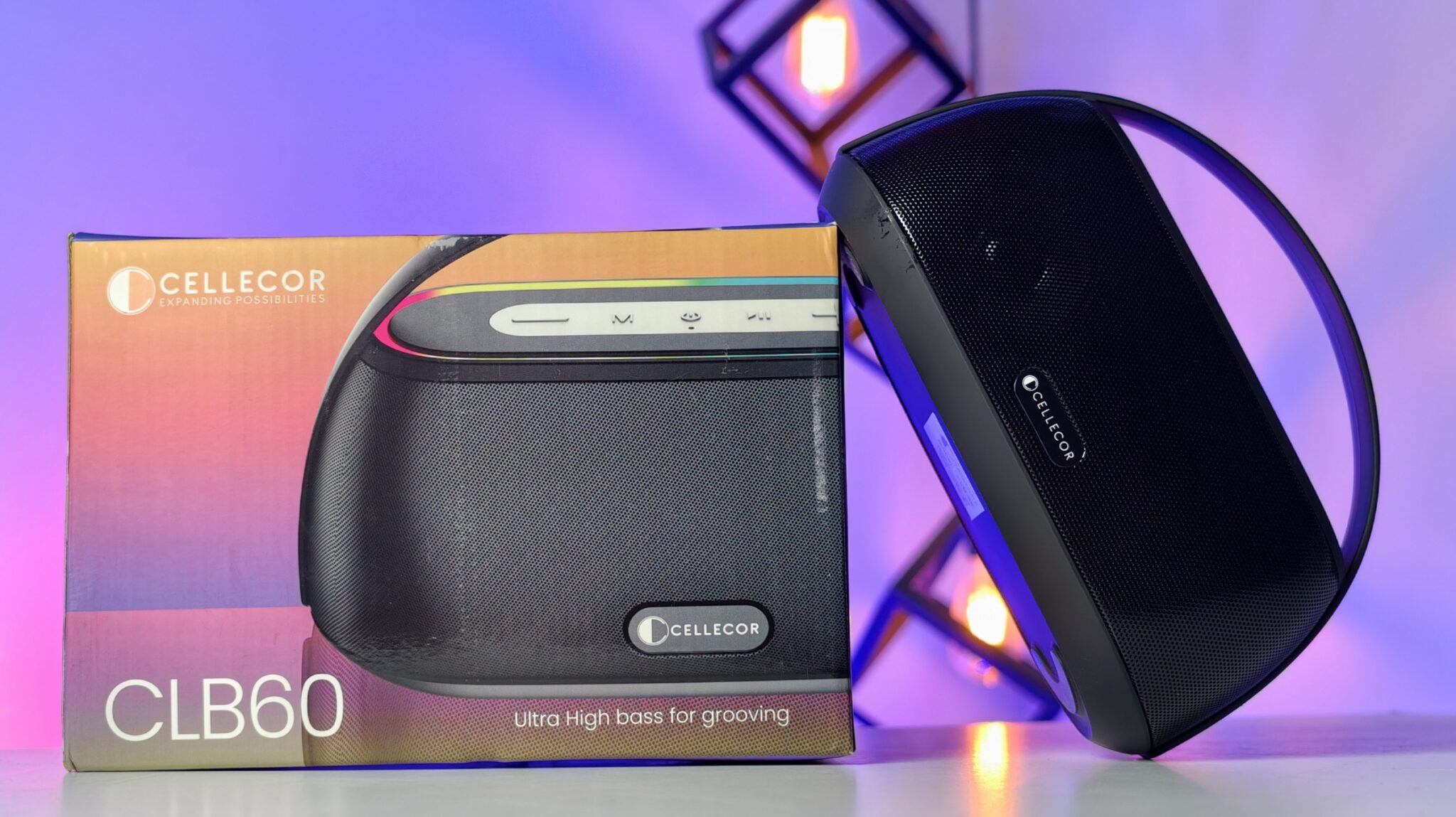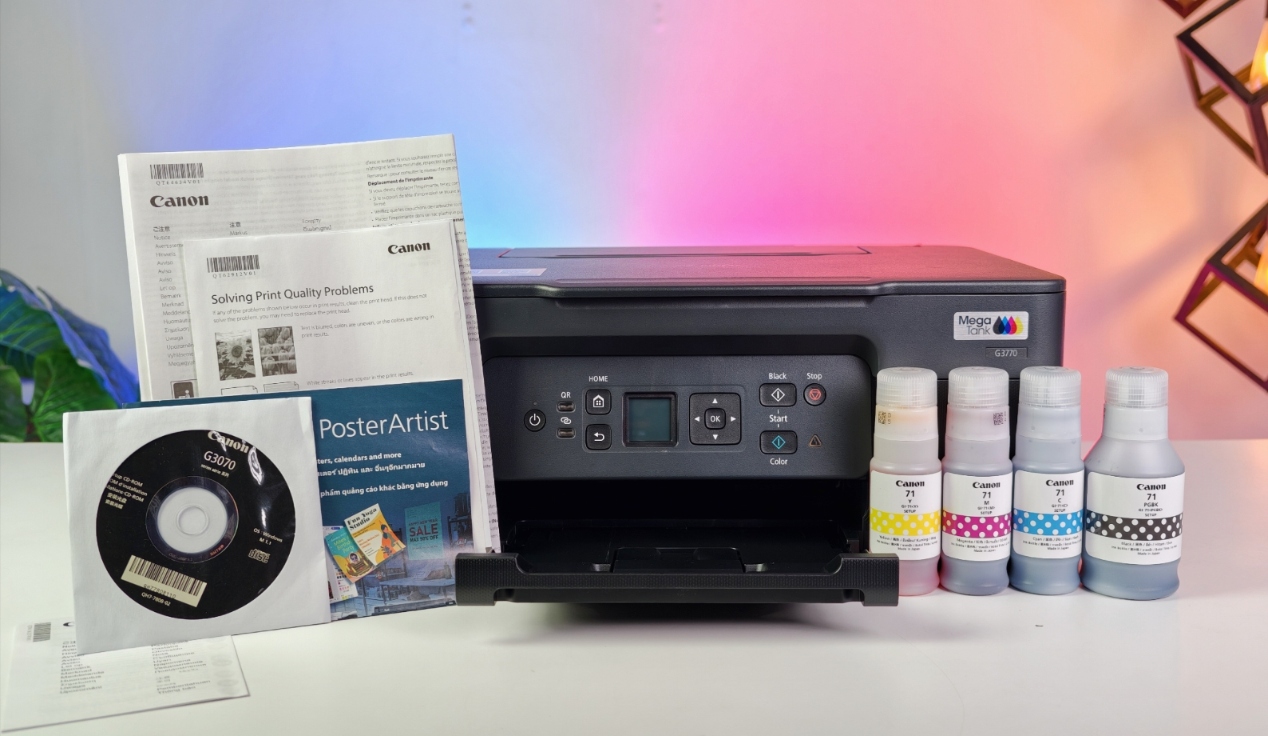FUJIFILM Corporation has announced its participation in SEMICON India 2025, one of the most prominent international exhibitions dedicated to semiconductor manufacturing equipment and materials. The event is scheduled to take place in New Delhi from September 2 to 4, 2025.
The decision to join this platform reflects FUJIFILM’s increasing focus on India, a country where the semiconductor market is projected to cross $100 billion by 2030. That’s a remarkable leap from its 2019 size, and much of this growth is being fueled by strong government policies and targeted initiatives.
Key Takeaways
- FUJIFILM will take part in SEMICON India 2025 in New Delhi from September 2-4.
- The company plans to showcase a wide range of semiconductor materials covering wafer and post-processing needs.
- FUJIFILM is working on building a local manufacturing base and supply chain for semiconductor materials in India.
- This step aligns with India’s semiconductor market potential, expected to exceed $100 billion by 2030.
- Participation at the event will give FUJIFILM the opportunity to connect with customers and new partners in India.
FUJIFILM’s Role in India’s Semiconductor Market
FUJIFILM supplies an extensive portfolio of materials used throughout the semiconductor manufacturing process. These include photoresists, which are essential for coating wafers during circuit pattern drawing, and a range of photolithography-related materials such as developers and cleaners. For the crucial planarization process, FUJIFILM offers CMP slurries, its own mix of abrasives for surface polishing, along with post-CMP cleaners to eliminate residues.
The lineup does not stop there. The company also provides thin-film chemicals that help create low-dielectric insulation films, polyimides that serve as protective layers, and high-purity process chemicals used for cleaning and etching. Another highlight is the WAVE CONTROL MOSAIC series, which features functional materials like color filter coatings for image sensors found in digital cameras and smartphones. Taken together, FUJIFILM positions itself as a one-stop solution for nearly every stage of semiconductor manufacturing.
Speaking about this initiative, Mr. Koji Wada, Managing Director of FUJIFILM India, emphasized that the company is dedicated to delivering solutions that align with its purpose of bringing more smiles to people. He pointed out that joining SEMICON India 2025 is more than just participation; it’s a meaningful step toward helping India emerge as a key hub for semiconductor production. FUJIFILM’s ambition is to establish an integrated supply chain within the country, covering everything from raw material sourcing to final product manufacturing. This approach is designed to create a more stable semiconductor materials ecosystem in India.
Through its presence at SEMICON India, FUJIFILM aims to strengthen ties with existing customers while also engaging with new players in the industry. The company hopes these interactions will open doors to fresh partnerships, allowing it to expand its semiconductor materials business even further.
Frequently Asked Questions
Q. What is SEMICON India?
A. SEMICON India is an international exhibition focused on semiconductor manufacturing equipment, materials, and services. It brings together companies, experts, and stakeholders from the semiconductor industry.
Q. Why is the Indian semiconductor market growing so quickly?
A. The market’s growth is supported by strong government initiatives aimed at attracting investment, encouraging domestic manufacturing, and creating a supportive ecosystem for the semiconductor industry.
Q. What are photoresists and what are they used for?
A. Photoresists are materials applied to a semiconductor wafer. They are a critical part of the photolithography process, used to create the circuit patterns on the wafer.
Q. What is the difference between CMP slurries and post-CMP cleaners?
A. CMP slurries are used to polish and flatten the surface of a semiconductor wafer. Post-CMP cleaners are then used to remove any remaining particles, metal fragments, or organic residues after the polishing is complete.


















